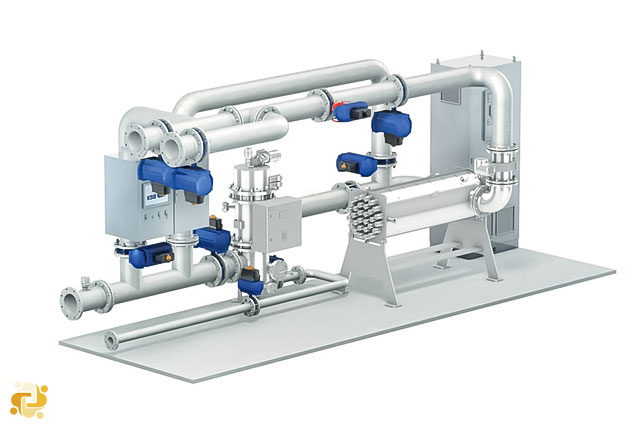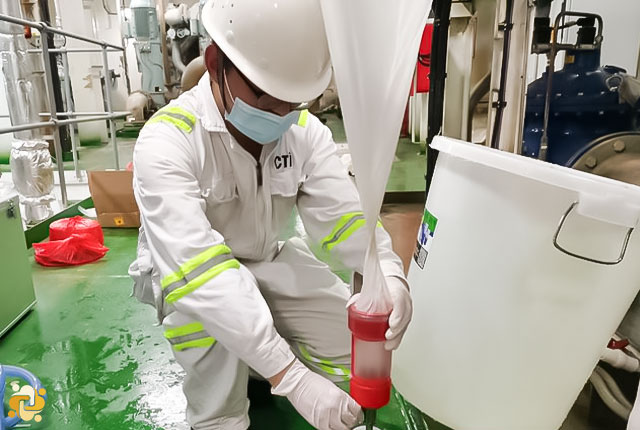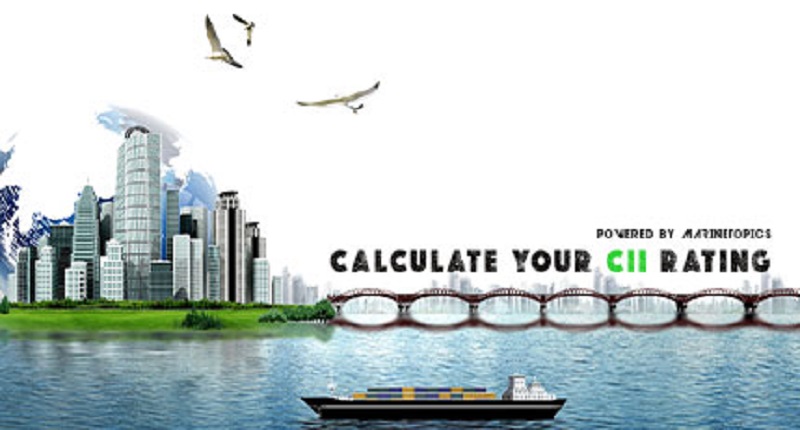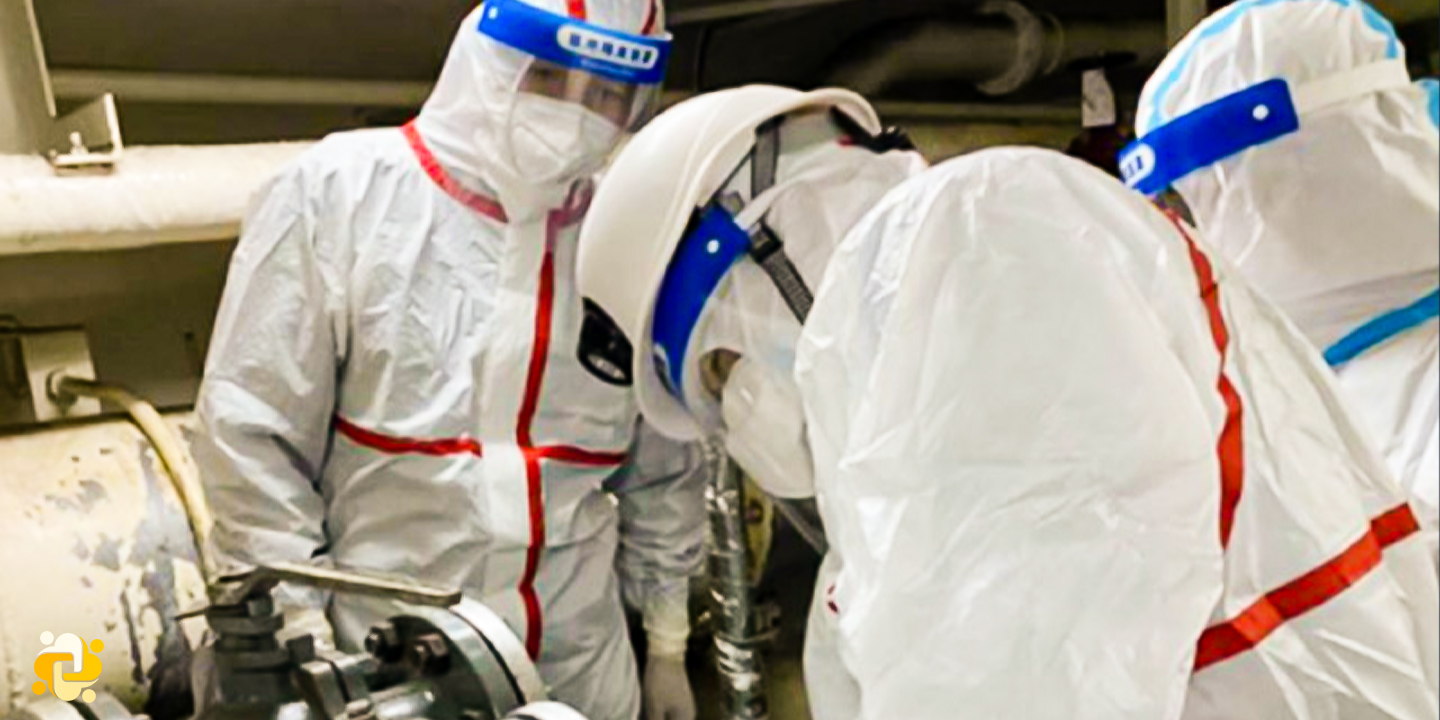
Commissioning Testing of Ballast Water Management System
Introduction
The Marine Environment Protection Committee (MEPC), at its seventy-third session (22 to 26 October 2018), approved the Guidance for the commissioning testing of ballast water management systems.
Next, MEPC 74 (13 to 17 May 2019) invited submissions to the Sub-Committee on Pollution Prevention and Response (PPR) concerning proposals on any necessary changes to the Guidance in light of the draft amendments to regulation E-1 of the BWM Convention.
MEPC 75 (16 to 20 November 2020) approved the 2020 Guidance for the commissioning testing of ballast water management systems, prepared by PPR 7 (17 to 21 February 2020).
So, in accordance with the regulation E-1 of the BWM convention, all ships of 400 GT & above, except FSUs & FPSOs, shall be subject to the commissioning testing to validate the installation of any ballast water management system by demonstrating that its mechanical, physical, chemical and biological processes are working properly, taking into account the guidelines developed by the Organization. At a same way, when a new BWTS is to be installed on the ship or any change or replacement is to be performed on the previous BWMS, the commissioning testing must be conducted, as per the approved guidelines.
The purpose of commissioning testing is to validate the installation of a ballast water management system (BWMS) by demonstrating that its mechanical, physical, chemical and biological processes are working properly.
Commissioning testing is not intended to validate the design of type-approved BWMS that are approved by the Administration.
The commissioning testing is to be conducted on the basis of the following mandatory IMO instruments:
-
Reg. E-1 of BWM Convention
-
Paragraph 8.2.5 of the BWMS Code
-
Paragraph 8.3.6 of the BWMS Code
-
Paragraph 1.18 of resolution MEPC.174(58)
Commissioning testing procedure:
-
Local ambient water should be used for testing regardless of the level of challenge it poses to the BWMS.
-
In the case that the ambient water is not appropriate for the commissioning testing (e.g. salinity of ambient water is outside the system design limitations of the BWMS), testing should be evaluated to the satisfaction of the Administration.
-
The collection and analysis of the representative samples should be independent of the BWMS manufacturer or supplier and to the satisfaction of the Administration.
-
The following steps should be undertaken following installation of the BWMS on board the ship, and after all ballasting equipment (e.g. pumps and piping) has been fully installed and tested, as appropriate:
- a sample may be collected during ballast water uptake to characterize the ambient water, by any means practical (e.g. in-line sample port or direct harbor sample). Characterization of the ambient water does not require detailed analysis of the uptake water; however, an indicative analysis may be undertaken;
- a representative sample should be collected during the corresponding ballast water discharge after the full treatment has been applied. Samples should be collected from the sampling point as described in the Guidelines on ballast water sampling (G2). The total sample volume should be at least 1 m3. If a smaller volume is validated to ensure representative sampling of organisms, it may be used;
- the representative samples should be analyzed for the two size classes of organisms, namely ≥ 50 μm and ≥ 10 μm to < 50 μm, as specified in the D-2 standard, using indicative analysis methods listed in BWM.2/Circ.42/Rev.2, as may be amended; and
- the applicable self-monitoring parameters (e.g. flow rate, pressure, TRO concentration, UV transmittance/intensity, etc.) of the BWMS should also be assessed, taking into account the system design limitations of the BWMS, and the correct operation of all sensors and related equipment should be confirmed.
- The commissioning test is successful if the indicative analysis indicates that the discharge samples do not exceed the D-2 standard for the size classes analyzed (see paragraph c) and the self-monitoring equipment indicates correct operation. Indicative analysis equipment used should be to the satisfaction of the Administration. Indicative analysis is defined in BWM.2/Circ.42/Rev.2, as may be amended.
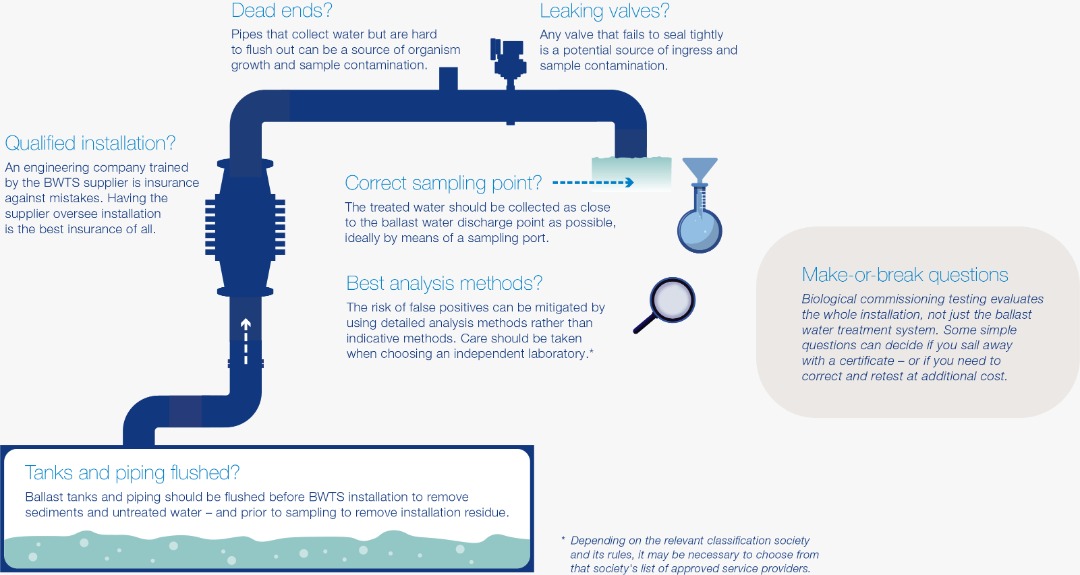
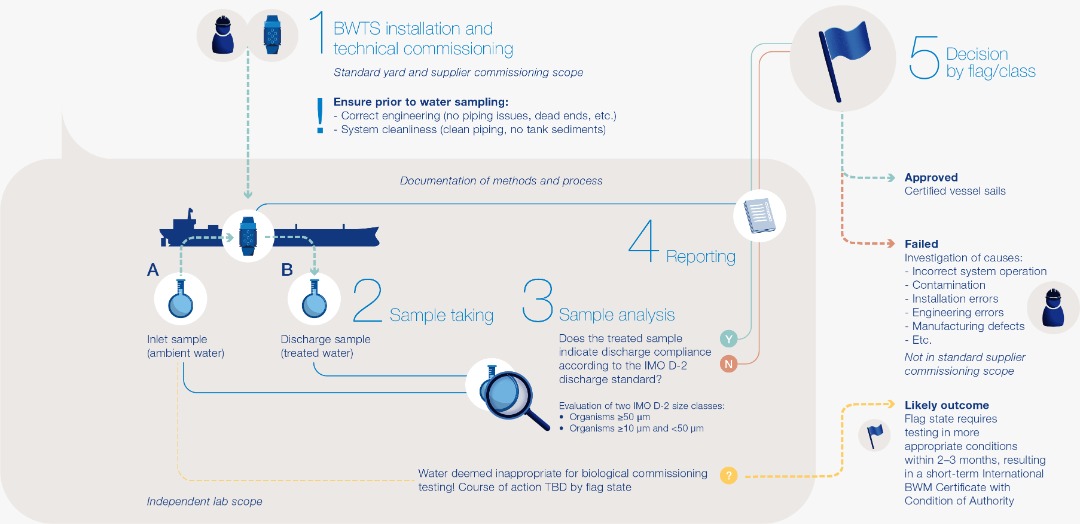
Documentation
A written report, including methods, results (including raw data) and information on the self-monitoring parameters, should be provided to the Administration.






